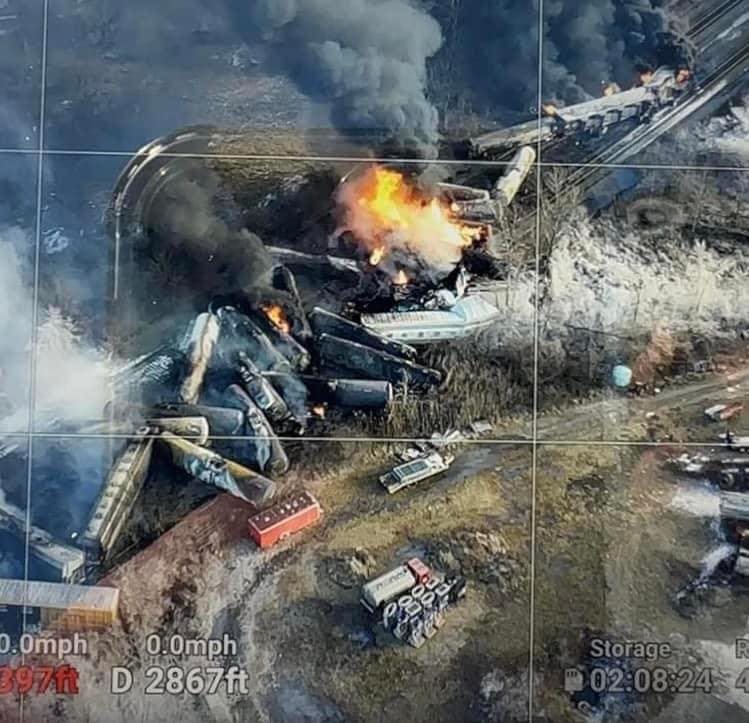
WASHINGTON — Norfolk Southern’s commitment to safety has improved since the disastrous Feb. 3 hazardous materials derailment in East Palestine, Ohio, the Federal Railroad Administration said in a report released today.
But the FRA’s 143-page supplemental safety culture assessment also found that NS often focuses on meeting minimum safety standards, has inadequate communications procedures, inconsistent safety training, and distrust between labor and management that has an impact on safety efforts.
“FRA recognizes that NS has taken steps to be responsive to FRA recommendations and by implementing proactive safety measures,” the report says. “There are, however, areas where NS continues to use minimum standards set by regulations as a benchmark for efficacy. FRA encourages NS to work to advance its safety culture maturity by setting policies and procedures that incorporate proactive measures and continuous improvement goals.”
The report makes 19 recommendations that NS should follow to improve its safety culture.
The FRA launched the safety assessment on March 7 in the wake of the East Palestine wreck, subsequent Norfolk Southern derailments, and the death of a conductor trainee.
The expanded look at NS’s safety followed a routine 2022 FRA safety audit that made 25 recommendations but found that the NS safety program was generally effective and met safety regulations. FRA said NS has been slow to implement those recommendations.
Norfolk Southern called the report an important step on its way to becoming the “gold standard for safety” in the rail industry.
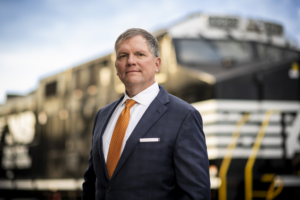
“We are a safe railroad driven to become even safer,” CEO Alan Shaw said in a statement. “To learn, we have to listen. It’s important to understand where the FRA believes we can do better, and we appreciate that they identified positive areas where we are already making progress. We want feedback from our regulators, from the unions that represent our craft colleagues, and from outside our industry like the consultants we’ve hired with deep safety experience from Atkins Nuclear Secured.”
NS executives met with FRA Administrator Amit Bose in Atlanta on Tuesday to review the findings.
“I gave Administrator Bose my personal commitment that we are going to use this assessment to take further action,” Shaw said. “We aren’t waiting. As an immediate first step, we delivered the report to Atkins Nuclear Secured, the consultant conducting an independent review of our safety program. We’ll continue making progress on our six point safety plan. We’re also actively collaborating with labor on safety and we’re engaging with them on next steps to address the report’s findings.”
Among the report’s findings: NS needs to eliminate gaps and delays surrounding its responses to wayside defect detector alerts and alarms.
The East Palestine derailment likely was caused by a wheel bearing failure. Two NS hotbox detectors measured increasing temperatures on the suspect car, but they did not trigger a critical alarm until the train reached a detector on the outskirts of East Palestine.
The FRA was critical of the railroad’s Advanced Train Control desk at the Network Operations Center in Atlanta, where one person monitors all 1,200 wayside defect detectors.
“FRA found the railroad’s process for handling, analyzing, and reacting to the data in the wayside detector reports by the ATC desk at the NOC demonstrated a significant lack of standardization and consistency, directly contributing to data not being received by the personnel responsible for addressing the issues identified,” the report says. “Additionally, FRA noted that communication between the ATC desk and dispatchers was primarily via e-mail and as a result, FRA observed communication gaps, potentially allowing for delayed feedback and impeding issue resolution.”
NS has since added a second person to the ATC desk, ended its remote work policy, and taken steps to improve how detector alerts are handled.
FRA also was critical of signal maintainer job vacancies that created maintenance gaps, the NS conductor training program, and train consist information that sometimes contained inaccurate information on the placement of hazardous materials loads.
Union officials said the report’s findings confirmed safety warnings they have been giving about the railroad industry.
“We welcome today’s report from the FRA that examines the root causes of safety culture failures at Norfolk Southern, echoing years of concerns from rail workers and unions across the industry,” Greg Regan, president of the Transportation Trades Division of the AFL-CIO, said in a statement. “We look forward to working with our federal partners in Congress and the Biden Administration to address these issues and implement strong rail safety reforms.”
Unions have been critical of widespread job cutbacks as the U.S. Class I railroads adopted the low-cost Precision Scheduled Railroading operating model beginning in 2017. They say operational changes, such as the use of longer trains, and lower staffing have contributed to an erosion of safety.
The FRA noted changes that have swept through NS, including the pandemic.
“Within the past five years, NS has undergone significant organizational and operational changes. For example, in January 2021 the railroad’s operational structure was reorganized and consolidated from nine divisions down to six divisions. As with other railroads, NS decisions in response to the COVID-19 pandemic also led to changes in the availability of personnel and less in-person training,” FRA said. “Additionally, in recent years, NS has begun to operate increasingly longer trains. …From 2018 to 2022, NS’ rate of accidents per million train miles rose, and did so faster than that of any other Class I railroad.”
NS says its mainline train derailments are down 40% so far this year.






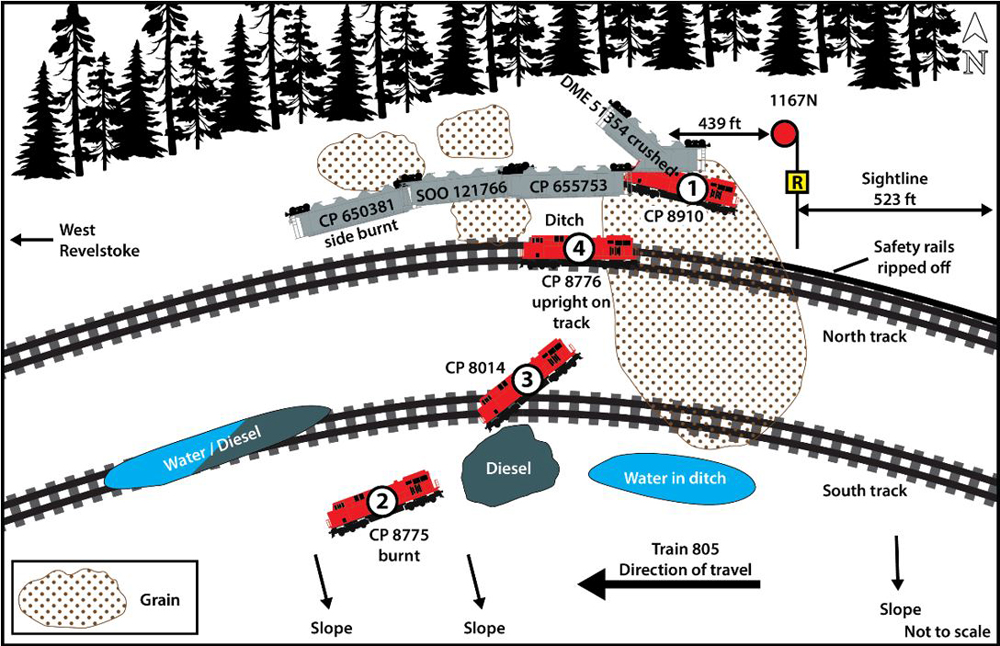
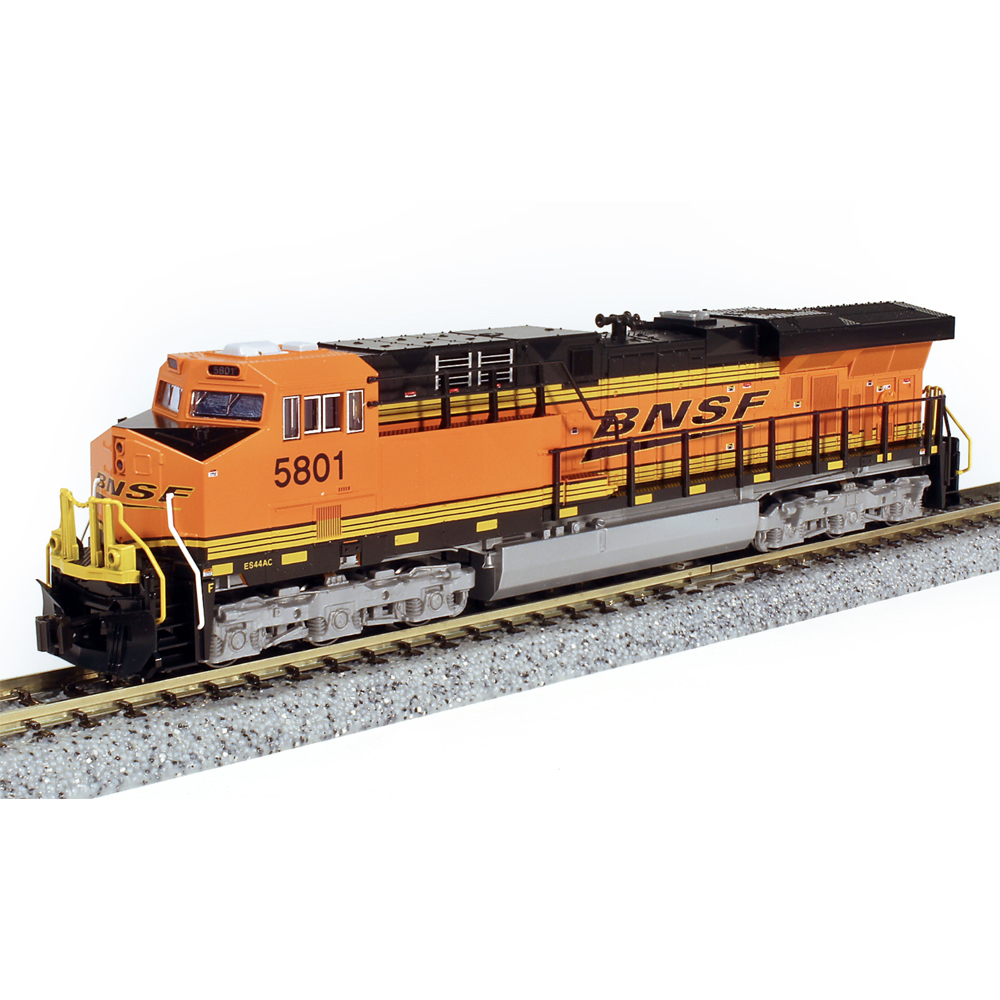
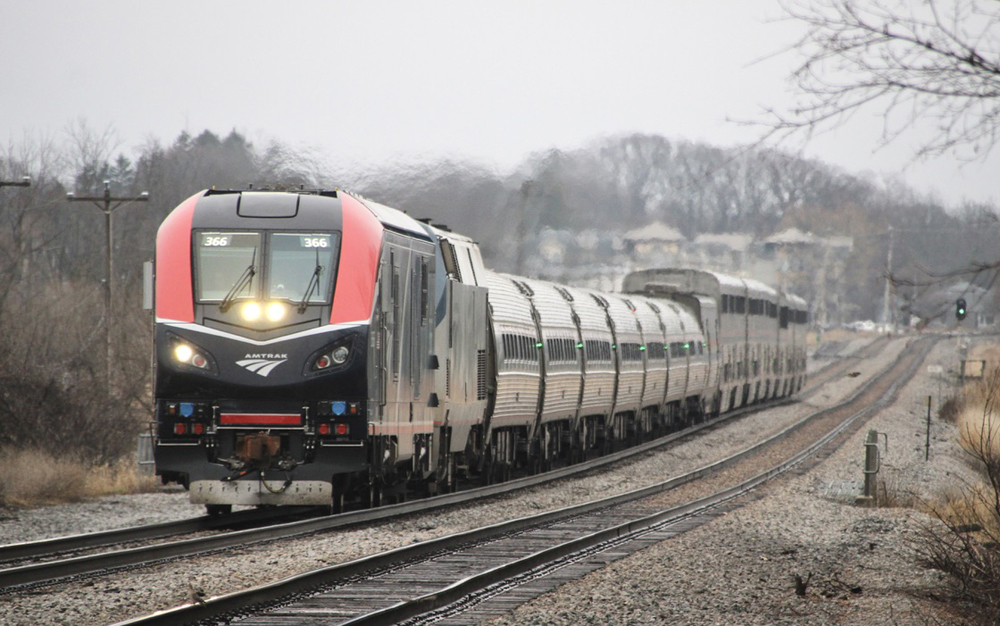





Didn’t they win a bunch of Harriman safety awards.
As a shareholder, I hope they do change their operations. I still remember when some Amtrak crews referred to the RR as “Natzi Southern” I rode behind 611 when the RR ran it to Chicago one year and Detroit the next year. The RR was well maintained and everything went well. But things changed after Graham Claytor leftthe RR.
Pure encouraging news for the NS top management.
Dr. Güntürk Üstün